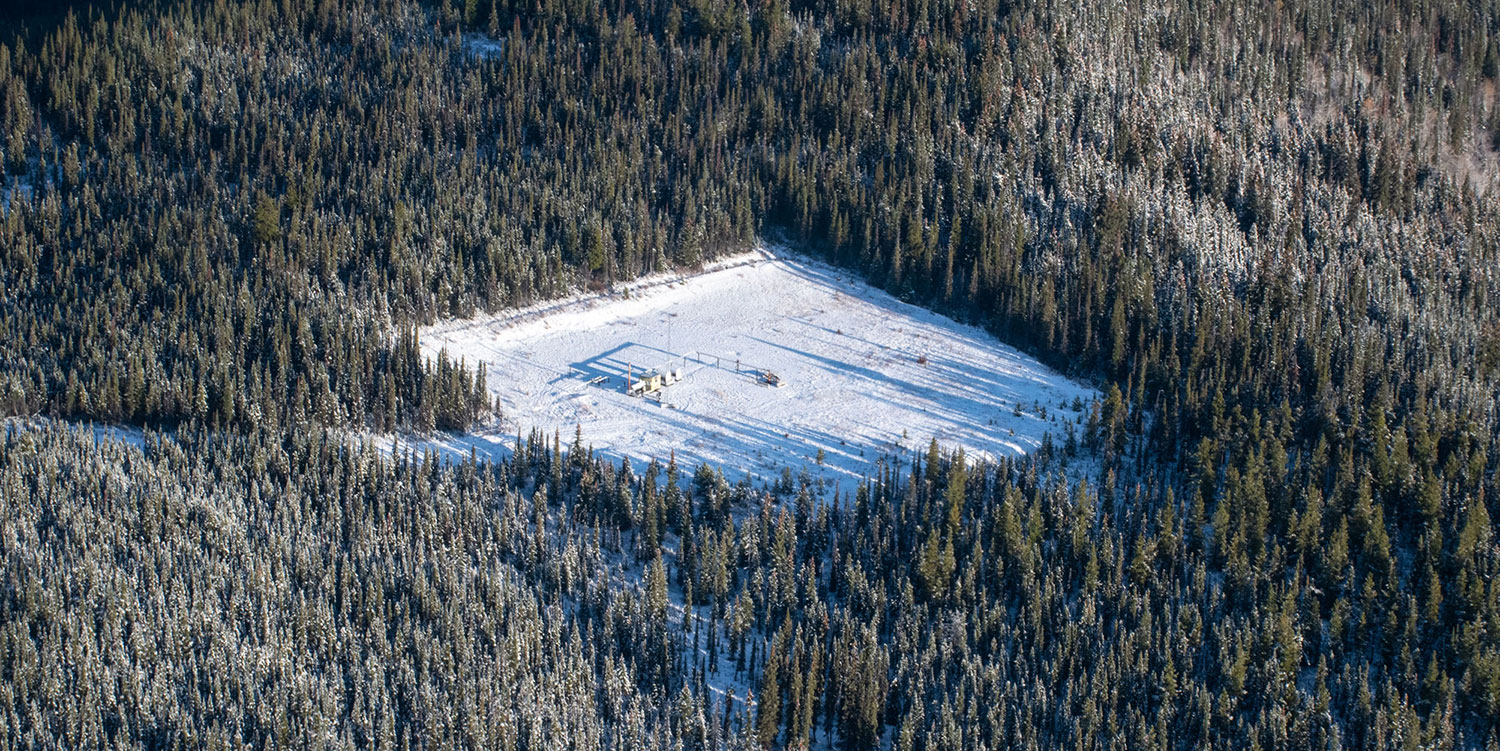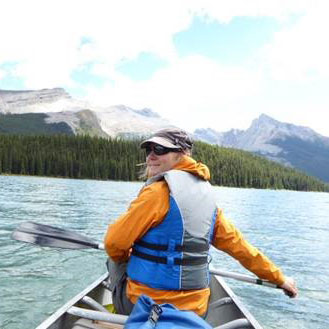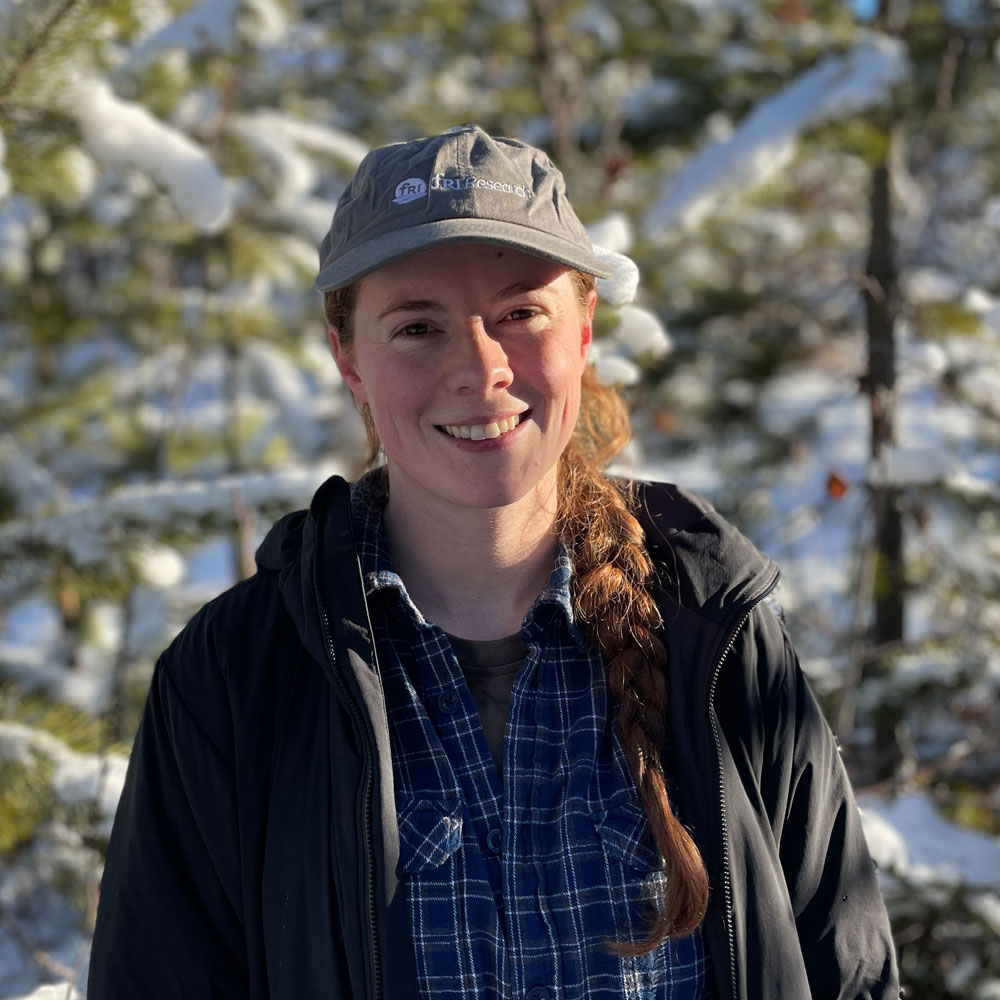
Response of Wildlife to Restored Wellsites
Many wellsites have been certified as reclaimed, but their condition varies. This project will assess wildlife use of wellsites to understand how restoration treatments contribute to important species like moose, bears, and deer.
We will install camera traps to monitor wildlife use of treated wellsites and untreated wellsites, using undisturbed forest as a control. This will provide information on the impacts of targeted prescriptions on wildlife use of restored disturbances, and will help to address the question of when disturbances are no longer considered disturbances in the context of caribou recovery.
Background
There has been significant historical and ongoing oil and gas related development within the Redrock Prairie Creek and Narraway caribou ranges in west-central Alberta. Many abandoned and inactive oil and gas wellsites have been certified as reclaimed, while others have been additionally planted with trees by Weyerhaeuser Company Limited, but regeneration rates and restoration status of wellsites are variable.
To inform future wellsite restoration targets within caribou population ranges, we will use camera traps to compare wildlife use (moose, deer, elk, predators, and caribou) of restored wellsites to wildlife use of unrestored (but inactive) wellsites and undisturbed forest within the same region. We will collect data for one year followed by one year of analysis to provide the first detailed assessment of wildlife response to wellsite restoration in Alberta.
Information from this portion of the project may be used to determine when and what treatments might be required to “turn disturbances off” from a federal caribou disturbance threshold perspective, and will provide essential information on the interactions between restoration treatments, wellsites, and other culturally and economically important wildlife species (i.e., moose, bears, deer).
Objectives
We will install camera traps to monitor wildlife use of treated wellsites vs. untreated wellsites, using undisturbed forest as a control. Analysis of camera data will provide information on the impacts of targeted prescriptions on wildlife use of restored disturbances, and will help to address the question of when disturbances are no longer considered disturbances in the context of caribou recovery.
Methods
In the fall of 2022, we will install camera traps at:
- 60 certified reclaimed wellsites
- 30 sites in undisturbed forest (within the same natural subregion and ecosite type as the wellsite cameras)
- 15 inactive but untreated well sites in the same ecosites and same area (control well sites)
Cameras will remain on site for one year but will be checked ~6 months after deployment. Each camera will be programmed to take 3 photographs when triggered, as well as hourly photos for snowdepth measurements and detection of wildlife at distances outside the motion sensor range.
We will use generalized linear models (i.e., resource selection functions) to investigate primary prey (deer, moose, and elk), predator (wolves, bears, and cougars), and caribou use of well sites, comparing between restoration treatments and undisturbed forest. Our models will include wellsite status (regenerated, not regenerated, not treated), understory vegetation, forage, and tree regeneration status (field survey data), snow depth, ecosite and AVI forestry data, and landscape-level characteristics (e.g., density of different disturbances surrounding the well site, percent conifer, terrain).
Outcomes and Deliverables
We will produce a technical report including a summary of wildlife use of wellsites relative to treatment type, and detailed statistical analysis linking wildlife use of wellsites to characteristics of wellsites (e.g., vegetation data collected during ground validation, treatment type, ecosite) and characteristics of the landscape surrounding wellsites (e.g., forest type, density of other disturbances), with the goal of submitting our results in a peer-reviewed publication.
Crews start setting up trail cameras at sites
Approximately 50 trail cameras installed at reclaimed wellsites
Crews inspect trail cameras to ensure sufficient battery and storage capacity
Vegetation surveys conducted at camera sites
Camera data collected and all sites taken down










